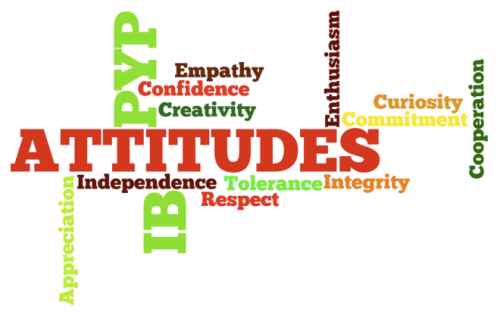A number of years ago I started thinking that having a dedicated reading block and writing block could encourage students to make less connections between reading and writing. Challenge me on this!
I would conclude that flipping reading strategies to writing and writing strategies to reading does build stronger connections between both. I also wanted to combine visual and emotional links to explored strategies. Would this enhance student writing and reading? This initially came from a discussion I had with a psychiatrist who specializes in dementia.
The psychiatrist said that people with dementia often remember events if they are linked to an emotion. I already know that movement triggers memory, so why not combine emotional, visual and colour cues and flip strategies to enhance connections.
It makes sense… because if emotion can enhance memory in people with memory loss, surely this would enhance learning for all. Thinking…
Questions, questions and more questions…
- Does combining flipping with emotion & visual strategies enhance learning? When inquiring into punctuation as a reader and punctuation as a writer, will students better understand the power of punctuation to create meaning?
- Will enhanced use of visual cues, hand movements and colour/emotion linked to punctuation symbols, paragraphing visuals and visuals for simple and complex sentences lead to greater transfer of each into writing?
 The Fountas & Pinnell Network of Processing Systems for Reading became my guide for flipping strategies.
The Fountas & Pinnell Network of Processing Systems for Reading became my guide for flipping strategies.
For example: The narrative writing genre strategy ‘Somebody, Wanted, But, So, Then’ was flipped to become a reading strategy for summarizing (Thinking Within the Text). When reading a text students used SWBST to retell what they had read. Using short sharp narrative texts also enables students to unpack and explore a text within a timeframe.
Analysing (Thinking About the Text) was flipped to explore craft and text structure across reading and writing. I know the notion of flipping strategies is not new, but its worth exploring further.
Something to think about…
Cheers Nina















